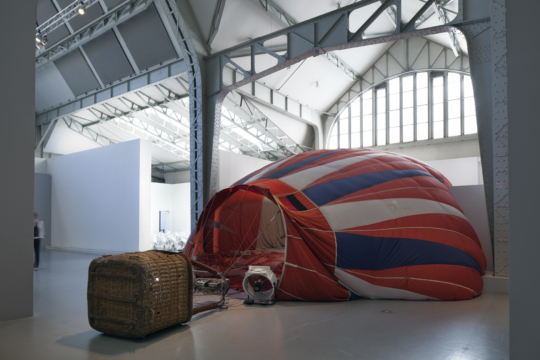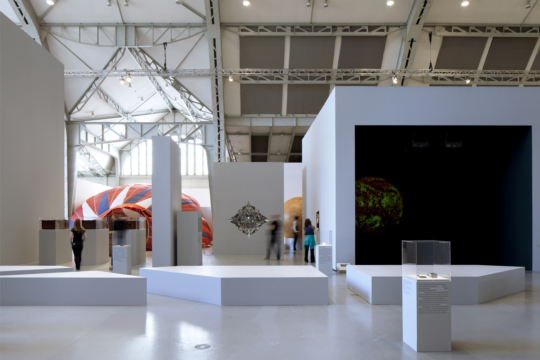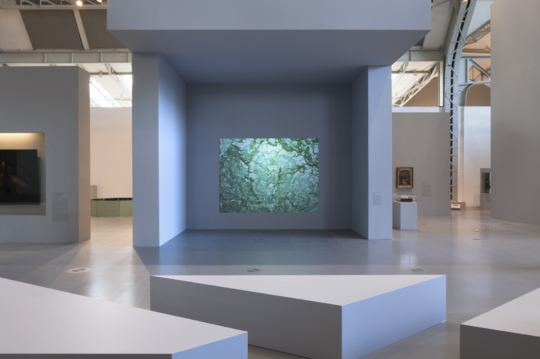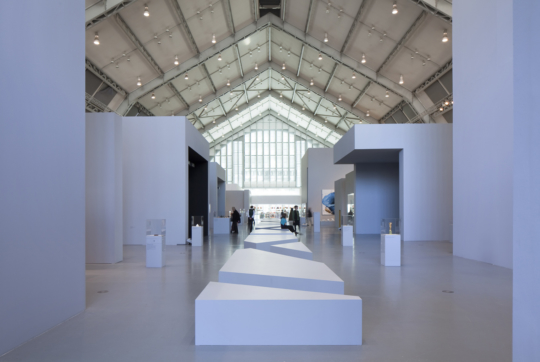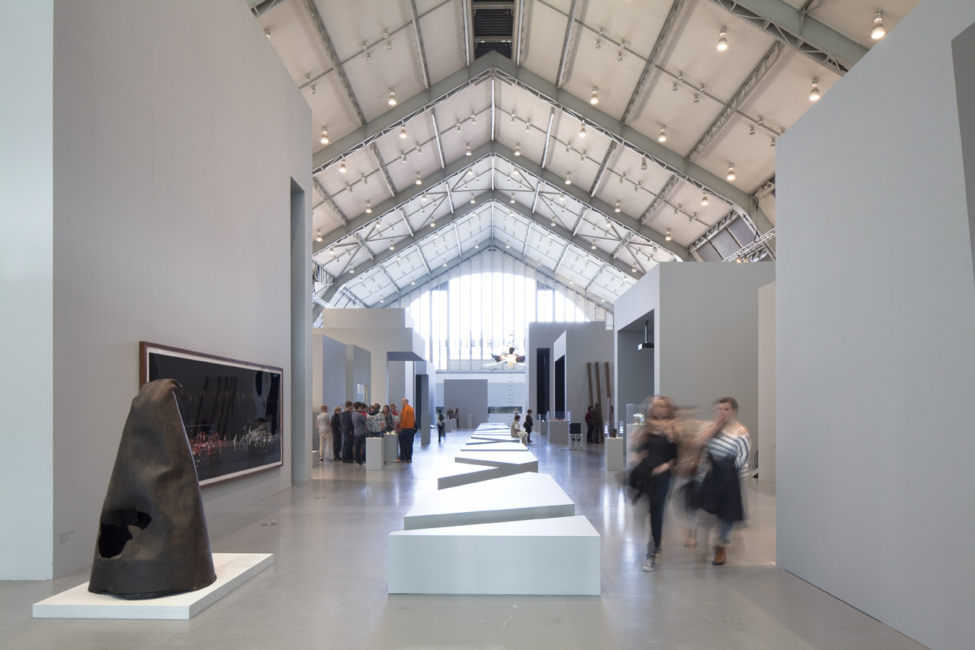
WUNDER (/miracles) is an exhibition on the boundaries of occidental rationality; its outer, inner and historical boundaries. Centred around contemporary art, the interdisciplinary exhibition will explore the extraordinary; mysterious healings, incredible natural occurrences and the wondrous unknown, unexpected technical innovations, artistic ideas and also sheer coincidences. The exhibition by the Deichtorhallen Hamburg and Siemens Stiftung, is curated by the Berlin curatoratorial office Prauth. It will be running from 23 September 2011 to 5 February 2012 in the Deichtorhallen Hamburg. A special track for children has been built into the exhibition, weaving a course around the museum and directed exclusively at children. The supporting programme includes a variety of events such as a series of films, along with activities and interventions in public spaces in the city.
The exhibits are from all areas of society, and trace how Christianity and ancient philosophy of nature have influenced our perception of miracles. A miracle is recognized as being a window onto the world from which art, science and technology have emerged. While the latter are more geared towards being functional and goal-oriented, art characteristically has a greater degree of freedom, continually offering new dimensions and opening up dialogue.
The window that epitomizes a miracle in our culture always draws attention to a deficiency, a gap that, as much as we would like to be able to do so, we can not close. It is the impetus behind masterpieces in both art and technology. The exhibition in the Deichtorhallen Hamburg puts the occidental world view and its fragile interpretational skills up for discussion. It compares the unique connections between religious, scientific and artistic motifs with alternative points of view, such as those found in Islam and other cultures.
With works by Francis Alÿs, Kader Attia, Joseph Beuys, Dara Birnbaum, Cosima von Bonin, Olga Chernysheva, Nathan Coley, Björn Dahlem, Ceal Floyer, Ellen Gallagher, Hans Graf, Andreas Gursky, Susan Hefuna, Susan Hiller, Jonathan Horowitz, Sven Johne, Helmut & Johanna Kandl, Martin Kippenberger & Albert Oehlen, Julia Kissina, Terence Koh, Igor & Svetlana Kopystiansky, Dieter Krieg, Philipp Lachenmann, Mark Leckey, Armin Linke, Ingeborg Lüscher, Melanie Manchot, Kris Martin, Hiroyuki Masuyama, Henri Michaux & Eric Duvivier, Julia Montilla, Timo Nasseri, Paul Nougé, Reto Pulfer, Julien Prévieux, Walid Ra’ad/The Atlas Group, Johann von Schraudolph, Thomas Schütte, Shirana Shahbazi, Katharina Sieverding, Roman Signer, Thomas Struth, Alina Szapocznikow, Larry Sultan & Mike Mandel, Fiona Tan, Javier Téllez, Jalal Toufic, Ryan Trecartin, James Turrell, Timm Ulrichs, Franz West, Susan MacWilliam, Erwin Wurm sowie eine Vielzahl wissenschaftlicher und kulturhistorischer Exponate wie die „Wunderwaffe“ V2, das Hamburger Patent für die Wunderkerze, historische Wundergläser, Votivbilder, ein heilmagnetisches Benediktuskreuz, Geisterhände, Sal mirabilis, Seligsprechungsakten, ein Prachtkoran, Tiefseefische, ein Meteorit, Flugblätter aus dem 16. Jahrhundert, ein Perpetuum mobile sowie Zauberstäbe, Wunderstoffe, Wunderpillen, Hexenkessel und Goethes Zauberkasten.
Video Curator Daniel Tyradellis about the exhibition
Video Trailer Opening Performance
Video Interview with the architect Roger Bundschuh
Video Catalog
Gallery
Catalog
The exhibition is accompanied by a comprehensive catalogue published by Snoeck Verlag, containing approximately 150 illustrations, and essays written by authors such as Zygmunt Bauman, Robert Pfaller, and Peter Geimer.
